Suspected drone infiltrations into Israeli airspace
FOX News' Trey Yingst reports the latest from southern Israel.
JERUSALEM – Beginning Oct. 7, when Hamas terrorists used remote controlled drones to disarm tanks and knock out surveillance cameras during its surprise attack on Israel, through to last week, when a Hezbollah drone from Lebanon landed directly in an army base in northern Israel, unmanned aerial vehicles (UAVs) are increasingly becoming part of the weapons arsenal used by Iranian-backed non-state players in their war against the Jewish state.
While Israel has in place what it calls "an aerial defense array" – used multiple times over the past three months to thwart "hostile aircraft" from Gaza and Lebanon – as UAVs become easier to obtain, manufacture, enhance and weaponize, Israel, as well as other countries around the world, are racing to contend with an ever more lethal form of combat that is already outpacing existing military defense systems.
"The Israeli – and the U.S. – militaries have been using drones for a long time, especially in counterterrorism, for intelligence gathering or for precision strikes in order to distinguish between civilians and fighters," Dr. Liran Antebi, program director of advanced technologies and national security at the Institute for National Security Studies in Tel Aviv, told Fox News Digital.
US IMPOSES NEW ROUND OF SANCTIONS ON NETWORK INVOLVED IN IRAN’S DRONE PRODUCTION
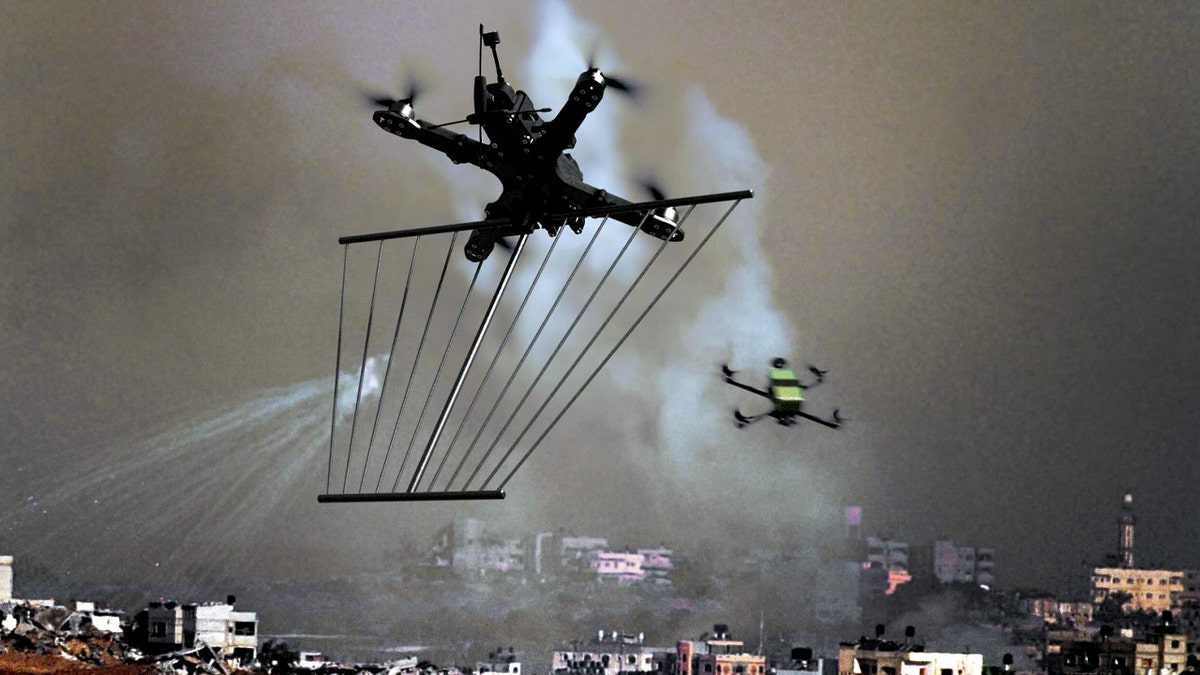
Xtend’s Griffon Counter UAVs, with speeds of up to 93.1 miles per hour, and AI technology are being used by the IDF to identify and kill rogue drones. (Extend.) (Xtend)
"However, what was once the silver bullet used by democracies in counterterrorism and to act in more ethical ways, is now in the hands of terrorists or non-democratic states and is being used in the opposite way," she said.
According to Antebi, ISIS was already a huge fan of UAVs when it waged jihad in Iraq and Syria a decade ago. Now, more sophisticated, and much more lethal armed drones, are taking center stage in global conflicts, most recently in the ongoing Ukraine-Russia war. In some cases, Russian soldiers have used military grade UAVs, including those created by Iran, to strike right in the heart of civilian populations.
In response, Ukrainian President Volodymyr Zelenskyy recently declared a plan to produce a million drones this year to fight back against Russia. And Russia, according to reports, is also increasing its drone stocks, including stepping up purchase of the Iranian-designed Shahed 136 suicide drone, a move that could have direct impact and increase the capabilities of groups such as Hamas and Hezbollah, as well as the Houthi terror group in Yemen, which is also considered a proxy of Tehran.
"While Israel is considered one of the world’s leaders in producing and using high-quality drones and UAVs, as well as a leading country in the field of counter systems to fight against those technologies, it has not been very effective at implementing those defense mechanisms," Antebi said, using Hamas’ Oct. 7 attack as an example.
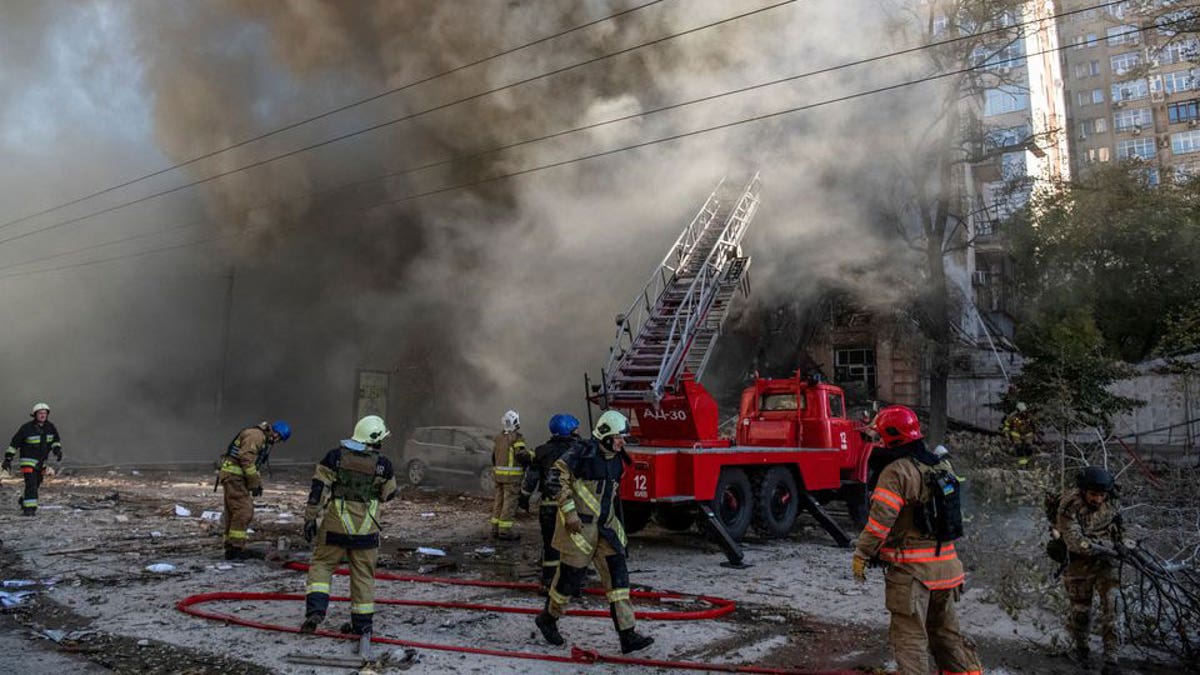
Firefighters help a local woman evacuate from a residential building destroyed by a Russian drone strike, which local authorities consider to be Iranian-made Shahed-136, in Kyiv, Oct. 17, 2022. (Reuters/Vladyslav Musiienko)
She said that since the start of the current Gaza war, Hamas, Hezbollah and even the Houthis, had used all manner of UAVs to strike Israel, ranging from enhanced "off-the-shelf" drones to more sophisticated military-grade UAVs, capable of dropping bombs or of self-exploding.
"What we have not seen yet in our arena are the larger UAVs capable of launching missiles, which we know Iran is already producing," Antebi said. "We also haven't seen any FPV (first person view) drones yet, which we also know are being used in Ukraine."
Unlike ordinary drones, which are operated using a mobile phone or tablet and can be easily tracked using existing defensive technology, FPVs are operated with VR goggles and are much more difficult to detect and intercept.
Tal Mimran, from the Cyber Security Research Center in the Faculty of Law at Hebrew University, told Fox News Digital, that the use of armed drones, even the simplest ones, by non-state actors was a game-changer for Israel – as well as for other Western democracies with conventional armies bound by international law.
"When we think of an army like the U.S., Israel, the U.K., a drone is a technical weapon that is used alongside more significant tools such as airplanes or helicopters, but when it comes to a weaker state, and specifically non-state actors, it is a strategic change," he said, adding that Iran’s training of terror groups in the art of drone warfare was "closing the gap between Israel and rogue groups such as Hamas or Hezbollah."

Houthi security troops ride a vehicle after guarding a gathering for an address by the group's leader inside Al-Sha'ab Mosque on Nov. 14, 2023 in Sana'a, Yemen. (Mohammed Hamoud/Getty Images)
While Israel has in place a multibillion-dollar rocket and missile air defense system designed to respond to attacks on multiple fronts and which can easily take down the relatively crude rockets lobbed by Hamas, the midrange rockets and missiles possessed by Hezbollah and even the longer-range ballistic missiles fired in recent weeks by the Houthis from Yemen, smaller, more nimble threats from armed or exploding drones are still a challenge.
"Israel deals very well with a missile spread and the Iron Dome can intercept some of the drones," said Mimran. "But there is no doubt this is a game changer."
Already, the situation appears to be changing. Earlier this month, for the first time, the Israeli army said that it used an advanced drone in a precision strike against a Hamas target inside Gaza. Until now, Mimran said the military had refrained from using offensive drones to fight Hamas, even though they had been used on the northern front, in Lebanon and Syria. But that approach might change if the northern front opens up.
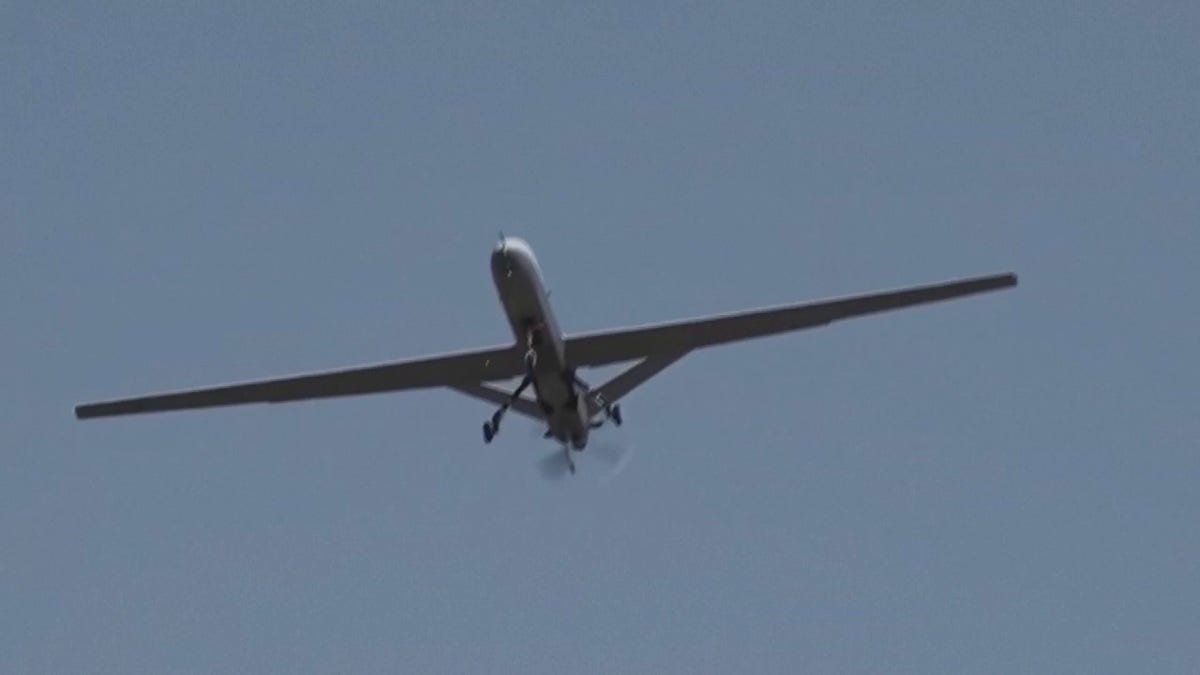
Iran showed video of a Shahed drone in flight, Feb. 24, 2023. (IRINN via AP)
"We might see new things that we haven't seen until now," said Mimran, referring to Israel’s capability of sending a "swarm of drones" with technology developed by Israeli defense company Elbit. It is also very possible, he added, that Hezbollah too has the capacity of sending hundreds, if not thousands, of drones at one time "creating chaos like we have never seen before in these parts."
Aviv Shapira, co-founder and CEO of Xtend, a company developing drones for the defense market, said it was just a matter of time before the threat of drones became global.
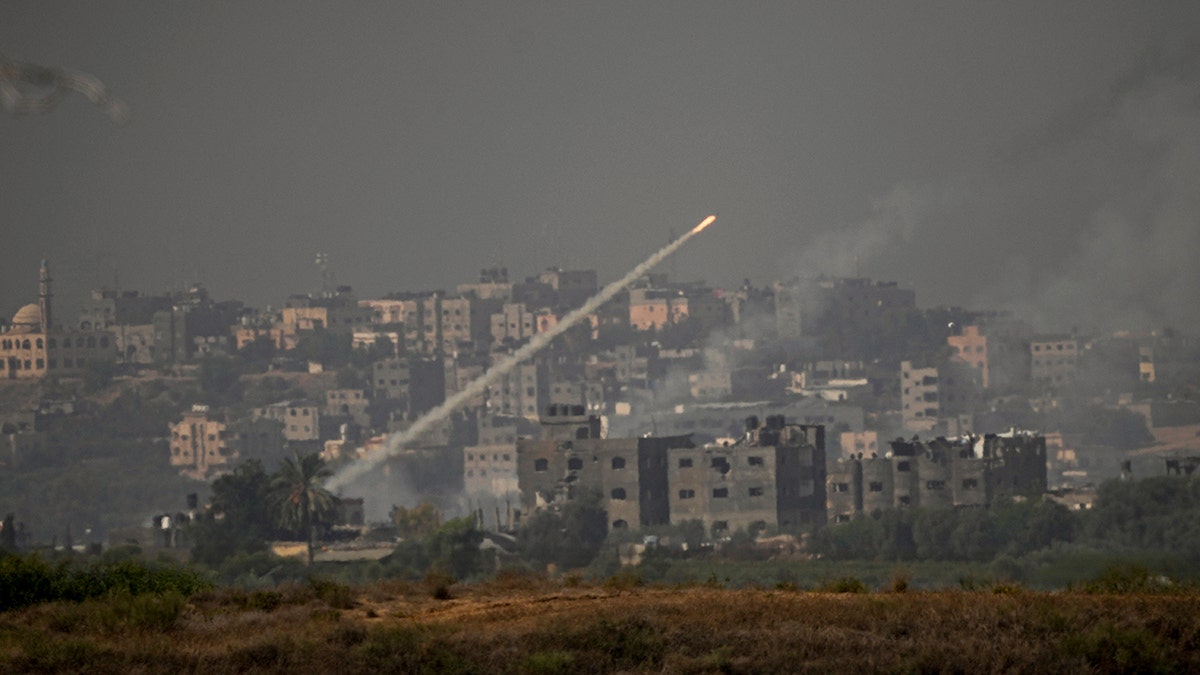
Rockets are fired toward Israel from the Gaza Strip, as seen from southern Israel, Oct. 23, 2023. (AP Photo/Ariel Schalit)
"It will happen all over the world and right now, no one knows how to deal with it," said Shapira, whose company began developing racing drones for the gaming industry but was soon commissioned for military purposes. "In the U.S. there are so many anti-terror measures in place, but now it is possible for anyone to suddenly take a drone, without a radio [and therefore not trackable] and use it in an attack."
He said that until now, defense companies were focused on developing advanced cyber measures to counter armed drones, but as tethered or pre-programmed UAVs become more common, there was a need for a new type of defense systems.
"The problem is that you don’t know where these drones are coming from because they are so small and they cannot be stopped with jamming devices," said Shapira, whose company worked with the Israeli army to tackle the previous Hamas threat of incendiary balloons and kites that were causing havoc a few years ago.
IRAN, RUSSIA, SLAM US-UK JOINT STRIKES ON YEMEN’S HOUTHIS, WARN OF ‘INSTABILITY IN THE REGION’

Smoke rises after a rocket fired from the Gaza Strip hit a house in Ashkelon, southern Israel on Oct. 7, 2023. (AP)
"These drones don’t have radio communications, so the only way to mitigate this problem is to physically intercept them," he said. "That means either shooting them down, using laser or technology like we have developed, which involves a high-speed drone that catches other drones with a net"
According to Shapira, Xtend’s Griffon Counter UAV, with speeds of up to 93 mph, flies faster than any other drone currently available and can be programmed to operate autonomously, using AI, to identify a "rogue drone and kill it."
And, he added, the technology is so simple to use that it does not require a soldier or extensive training, but anyone can learn to operate it in less than 30 minutes.
However, Antebi, who is also a researcher of advanced technologies in warfare, warned that the development of all new technologies – defensive or offensive – ran the risk of having a "boomerang effect."
"There are a lot of startups and technology companies creating amazing technologies that can change the world for good, but we also have to be aware that the bad guys also want to use those technologies and they are capable of using them for bad," she said.
CLICK HERE TO GET THE FOX NEWS APP
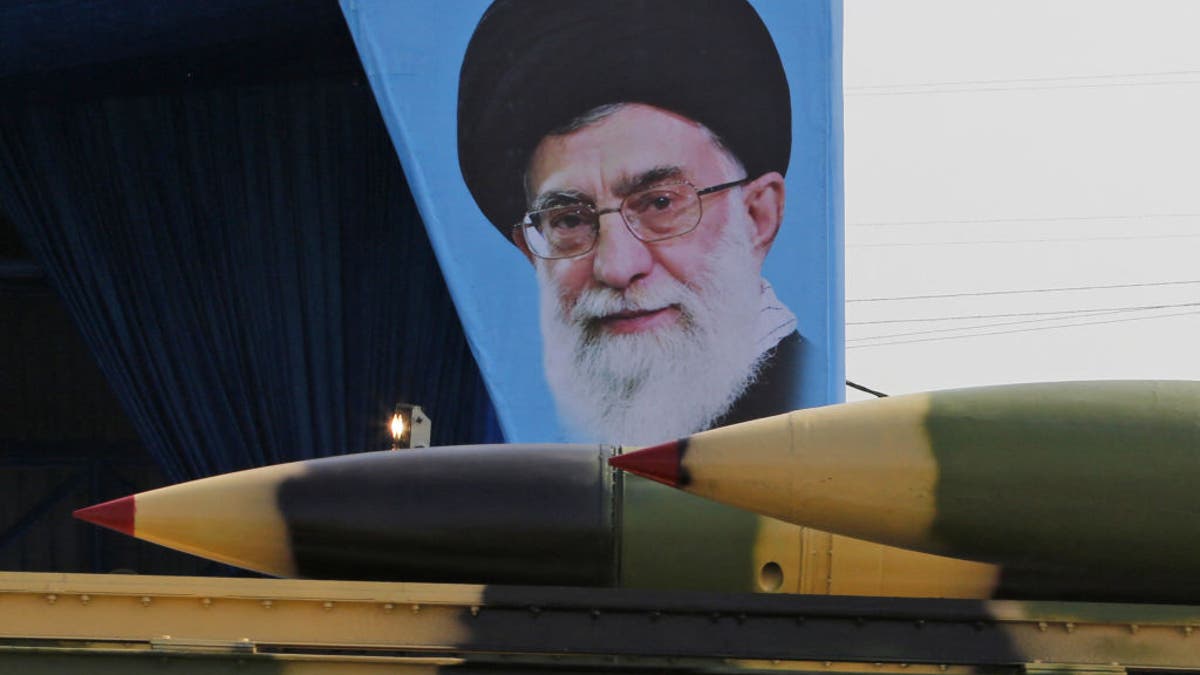
An Iranian military truck carries surface-to-air missiles past a portrait of Iran's supreme leader during a parade on April 18, 2018, in Tehran. (Atta Kenare/AFP via Getty Images)
For Mimran, a broader concern, particularly in terms of drone warfare, is that currently there are no international guidelines, regulations or benchmarks.
"While there have been some global campaigns aimed at trying to ban the use of drones in wars," he said. "The ideological gaps between the West and the rest of the world are becoming so large that there is no way for the international community to sit together and think of appropriate regulation or rules of the game for this kind of weapon."









































